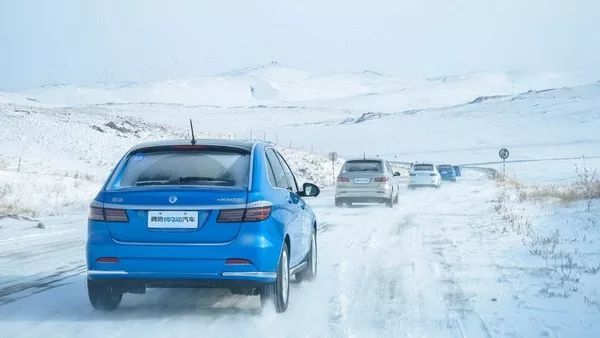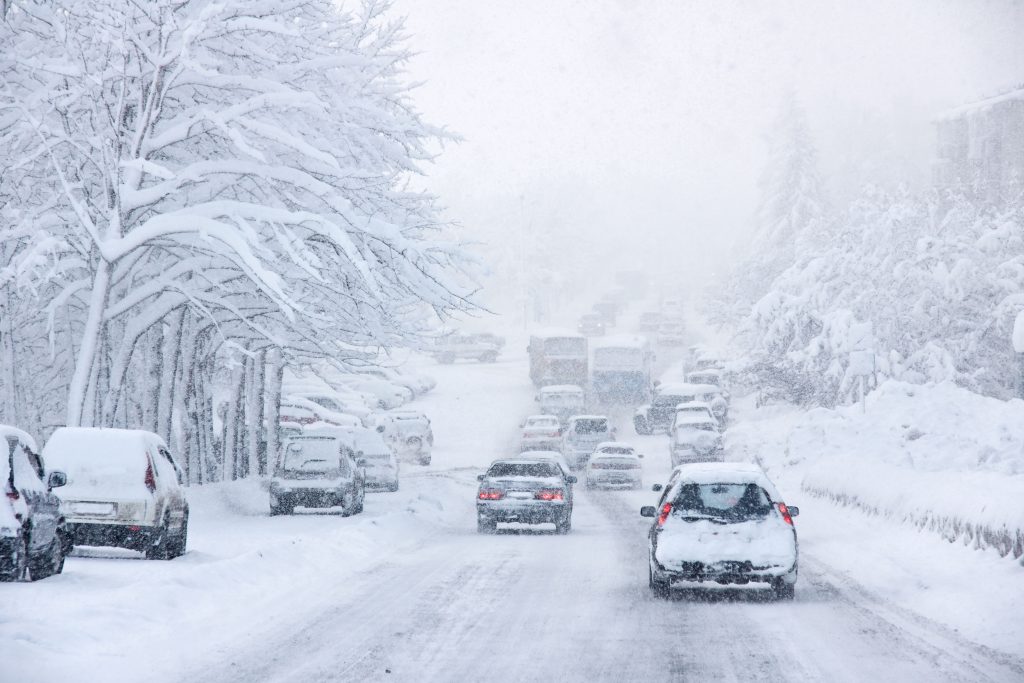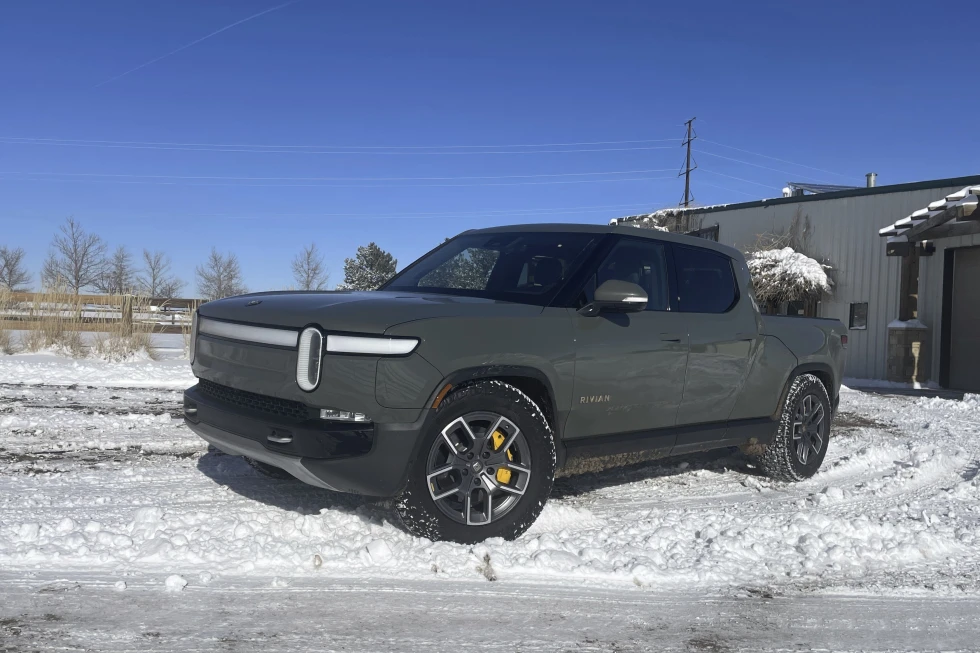As the winter storm swept across the United States in mid-January, numerous news outlets highlighted the difficulties faced by drivers of electric vehicles (EVs) due to significantly reduced range and prolonged waits at public charging stations.
Indeed, driving an EV in freezing weather presents unique challenges compared to traditional gasoline-powered vehicles.
However, there are techniques that can mitigate these challenges and make winter driving with EVs more manageable.
In this essay, we will delve into the reasons behind EVs suffering in winter driving and explore strategies recommended by car experts to alleviate these issues.
One of the primary reasons for the reduced performance of EVs in winter is the impact of freezing temperatures on battery efficiency.
Just as conventional vehicles experience difficulty starting in cold weather due to slowed chemical reactions in their 12-volt batteries, EVs face similar challenges.
The batteries in EVs operate optimally in warmer temperatures, and when exposed to cold weather, the vehicle expends energy to warm up the battery.
Additionally, the EV must utilize its battery power to operate the cabin heater and other amenities such as heated seats. These factors collectively contribute to a noticeable reduction in the vehicle’s range.
To quantify the impact, it is estimated that EVs may experience a range reduction of 20% to 30% in very cold weather.
For instance, an EV with a standard maximum range of approximately 250 miles might only be capable of covering 175 miles in freezing temperatures.
Furthermore, cold batteries also charge at a slower rate at fast-charging stations, exacerbating the challenges faced by EV drivers in winter.
In response to these challenges, the experts at Edmunds recommend several strategies to improve the winter driving experience for EV owners.
Firstly, they advise EV owners to charge their vehicles at home as frequently as possible. While most automakers recommend maintaining the EV battery at 80% capacity for regular driving to enhance battery longevity, in winter conditions, charging the battery to 100% can provide the maximum range to offset the reduced range caused by cold temperatures.
By charging at home, EV owners can avoid the potential issues of crowded or suboptimal functioning of public fast-charging stations.
When it is necessary to utilize public fast-charging stations, EV owners are advised to do so during off-peak hours to minimize potential delays.
Charging during early morning or late-night hours can help avoid long lines and ensure a smoother experience.
Additionally, it is crucial to ensure that the EV is set to precondition the battery before charging at a fast-charging station.
In cold temperatures, EVs can preheat their battery to the optimal temperature required for fast charging. Although this preconditioning consumes some of the battery’s power, it ultimately enhances charging speeds and mitigates the impact of cold weather on charging efficiency.
In conclusion, while it is undeniable that EVs face challenges in winter driving due to reduced battery efficiency and charging issues in cold temperatures, there are practical strategies that can help mitigate these challenges.
By following the recommendations of car experts, such as charging the EV at home as frequently as possible and utilizing public fast-charging stations during off-peak hours, EV owners can enhance their winter driving experience and minimize the impact of cold weather on their vehicle’s performance.
As the popularity of EVs continues to grow, it is imperative to equip EV owners with the knowledge and strategies to navigate the unique challenges of winter driving, thereby promoting the widespread adoption and usability of electric vehicles in all seasons.
In conclusion, while it is undeniable that EVs face challenges in winter driving due to reduced battery efficiency and charging issues in cold temperatures, there are practical strategies that can help mitigate these challenges.
By following the recommendations of car experts, such as charging the EV at home as frequently as possible and utilizing public fast-charging stations during off-peak hours, EV owners can enhance their winter driving experience and minimize the impact of cold weather on their vehicle’s performance.
As the popularity of EVs continues to grow, it is imperative to equip EV owners with the knowledge and strategies to navigate the unique challenges of winter driving, thereby promoting the widespread adoption and usability of electric vehicles in all seasons.
As the world embraces the shift towards sustainable transportation, electric vehicles (EVs) have emerged as a prominent solution to reduce carbon emissions and reliance on fossil fuels.
However, with the arrival of winter, EV drivers face unique challenges that can impact the performance and efficiency of their vehicles.
To navigate these challenges effectively, it is crucial for EV owners to adopt specific strategies and practices tailored to the winter season.
This essay explores the importance of keeping EV batteries topped up, preheating the cabin and battery, driving efficiently, considering EV winter tires, and incorporating expert recommendations to enhance the experience of wintertime driving in an EV.
Charging an EV frequently during winter is paramount for preparedness in the face of power outages or unexpected traffic delays. Despite not immediately requiring a full charge, it is advisable to charge the vehicle daily at home.

This practice ensures readiness for unforeseen circumstances and minimizes the potential difficulty of finding charging facilities in public locations during emergencies.
However, it is essential to be considerate of other EV drivers and avoid monopolizing charging stations when unnecessary.
An effective strategy for wintertime EV driving involves preheating the cabin and battery before commencing a journey.
This not only provides comfort for the driver but also serves to warm the battery, optimizing its performance.
Preheating while the EV is charging at home is particularly advantageous as it prevents unnecessary drainage of the battery’s charge. Many EVs offer the convenience of preheating via integrated smartphone apps, further enhancing the user experience.
Given the reduced range of EVs in winter, driving efficiently becomes a critical factor. Utilizing the Eco drive mode, if available, is an effective means of enhancing efficiency by limiting power consumption.
For vehicles without an Eco mode, gradual acceleration is recommended to conserve energy. Additionally, in instances of low battery levels, utilizing heated seats and steering wheels instead of the heater can help minimize energy usage, thereby extending the vehicle’s range.
Similar to conventional vehicles, the installation of winter tires on an EV significantly enhances traction and braking performance on snow-covered or slippery roads.
Many tire manufacturers offer winter tires specifically designed for EVs, catering to the unique characteristics of electric vehicles.
Furthermore, maintaining tire pressure at the manufacturer’s recommended level is crucial for optimizing efficiency and ensuring superior performance in winter conditions.
Incorporating the aforementioned tips and practices can greatly facilitate wintertime driving in an EV. It is also advisable to consult the vehicle’s owner’s manual for additional insights and recommendations tailored to winter driving.
By adhering to these strategies, EV owners can navigate the challenges of winter while maximizing the efficiency and performance of their vehicles, contributing to a safer and more sustainable driving experience.

In conclusion, the seamless integration of EVs into everyday transportation necessitates a comprehensive understanding of the nuances associated with winter driving.
By emphasizing the importance of maintaining a topped-up battery, preheating the cabin and battery, driving efficiently, considering specialized winter tires, and heeding expert recommendations, EV owners can overcome the challenges of winter and elevate the overall driving experience.
As the automotive industry continues to evolve, the adoption of these strategies will not only enhance the performance of EVs but also contribute to the advancement of sustainable and environmentally conscious transportation.
